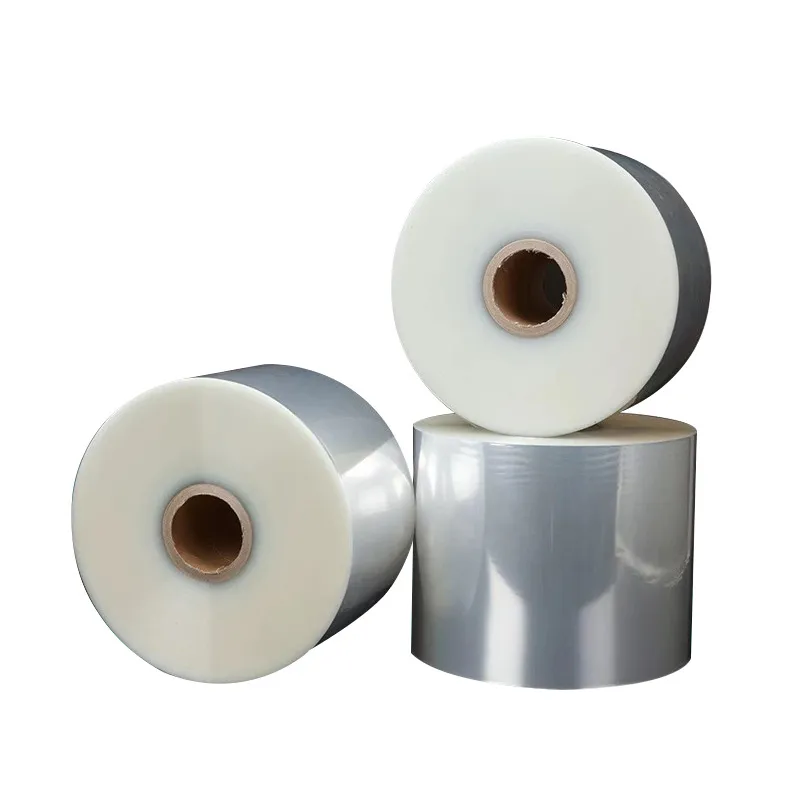
Biodegradable heat shrink film is a product made of biodegradable film and biodegradable hot melt adhesive. It can be degraded under natural conditions (such as soil, sand, sea water, etc.), or under specific conditions (such as composting conditions, anaerobic digestion conditions or water-based culture solution, etc.), caused by microbial action (such as bacteria, mold, fungi and algae, etc.), and eventually completely degraded into carbon dioxide, water, methane, mineralized inorganic salts.
Polylactic acid (PLA) polymer film is a thermoplastic fiber grade resin, which is a renewable resource. Fiber-grade PLA is used in pellet form for extruding into mechanically stretched short fibers using conventional fiber spinning and stretching equipment; It has excellent colorability, good mechanical and physical properties, and can be adapted to a variety of printing methods and applied to a variety of occasions. PLA fiber combines the advantages of natural fiber and chemical synthetic fiber, and at the same time, it has biodegradable properties, and has good drapiness, smoothness, air permeability, natural antibacterial property, weak acid and anti-ultraviolet characteristics that make skin rest assured. As the only biodegradable plastic with excellent antibacterial and anti-mold properties, it can be widely used in clothing, home textiles, medical hygiene products and other end products, giving full play to the green, environmental protection and low-carbon effects of PLA fiber.
Polylactic acid (PLA) has good compatibility and degradability. Polylactic acid is also widely used in the field of medicine, such as the production of disposable infusion equipment, non-disassembly type surgical sutures, etc., low molecular polylactic acid as a drug slow-release packaging agent.In addition to the basic characteristics of biodegradable plastics, polylactic acid (PLA) also has its own unique characteristics. Conventional biodegradable plastics are not as strong, transparent and resistant to climate change as conventional plastics.The basic physical properties of polylactic acid (PLA) and petrochemical synthetic plastics are similar, that is, it can be widely used to manufacture a variety of applications. Polylactic acid also has a good gloss and transparency, and the use of polystyrene film is comparable to other biodegradable products can not provide.
Polylactic acid (PLA) has the best tensile strength and elongation, polylactic acid can also be produced by a variety of common processing methods, such as: melt extrusion molding, injection molding, blow film molding, foam molding and vacuum molding, similar to the widely used polymer forming conditions, in addition to it has the same printing properties as traditional films. In this way, polylactic acid can be made into a wide variety of application products in response to the needs of different industries.
Polylactic acid (PLA) film has good permeability, oxygen permeability and dioxide-carbon permeability, and it also has the characteristics of odor isolation. Viruses and molds easily attach to the surface of biodegradable plastics, so there are safety and health concerns, however, polylactic acid is the only biodegradable plastic with excellent antibacterial and antibacterial properties.
Biodegradable heat shrink film is a product made of biodegradable film and biodegradable hot melt adhesive. It can be degraded under natural conditions (such as soil, sand, sea water, etc.), or under specific conditions (such as composting conditions, anaerobic digestion conditions or water-based culture solution, etc.), caused by microbial action (such as bacteria, mold, fungi and algae, etc.), and eventually completely degraded into carbon dioxide, water, methane, mineralized inorganic salts.
Advantages Of PLA Degradable Shrink Film:
1. Biodegradable thermoshrinkable film has the following environmental advantages compared with traditional plastic film 1. Degradability: Biodegradable thermoshrinkable film can be rapidly decomposed by microorganisms under specific conditions to reduce environmental pollution
2. Renewable resources: The raw materials used in biodegradable heat shrink films are usually renewable resources such as plant starch, polylactic acid, etc
3. Reduce energy consumption: The biodegradable heat shrink film manufacturing process requires lower energy consumption than traditional plastic film
Product Category:
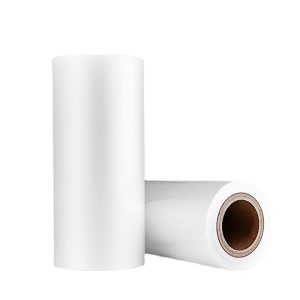 |
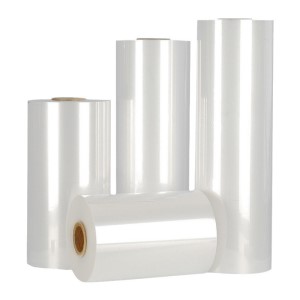 |
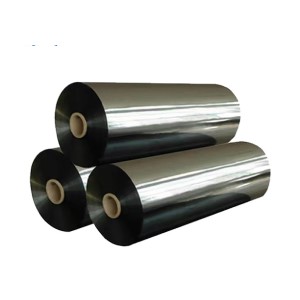 |
| PLA Degradable Anti-flower Matte Film | PLA Degradable Anti-flower Gloss Film | PLA Degradable Aluminized Film |
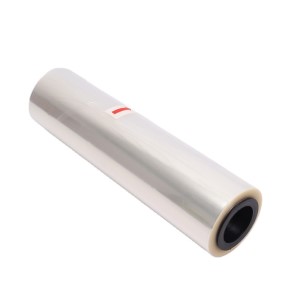 |
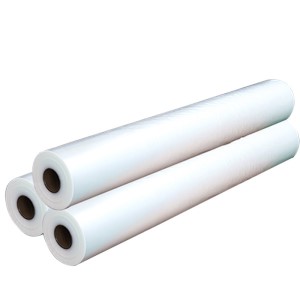 |
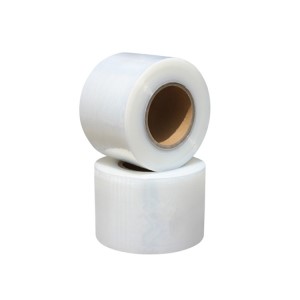 |
| PLA Single Dumb Matte Protective Film | PLA Double Matte Protective Film | PLA Adhesive Protective Film |
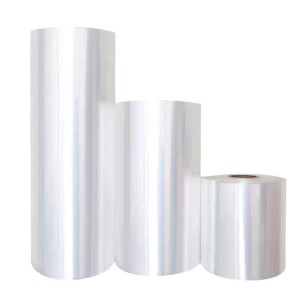 |
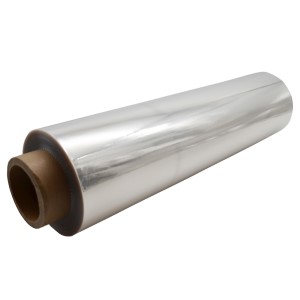 |
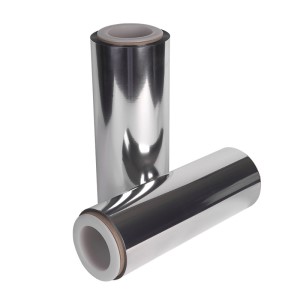 |
| PLA Double-sided Heat Seal Film | PLA Label Film | PLA High Barrier Aluminized Film |
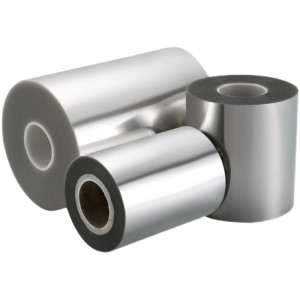 |
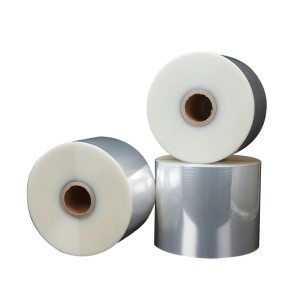 |
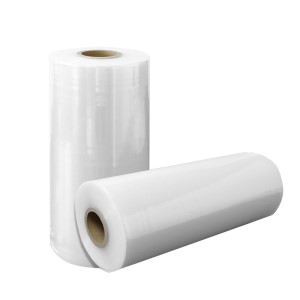 |
| PLA Window Film | PLA Heat Shrink Film | PLA Wrap Film |
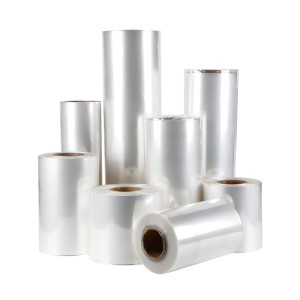 |
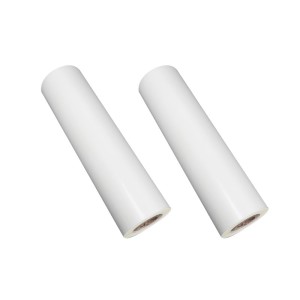 |
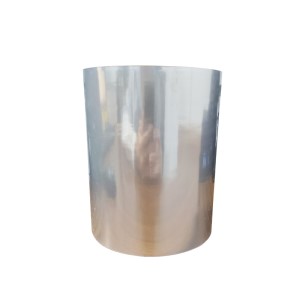 |
| PLA Blister Film | PLA Transparent Cold Laminated Film | PLA Degradable Fingerprint-free Touch Matte Film |
If you have any questions about our head Stickers material products, please feel free to contact us.